1. 11. Creating a HTML Prototype
1.1. Resources
1.1.1. Prototnotes
1.2. New since the publishing of book
1.2.1. Macaw
2. 10. Building a Prototype with Axure RP
3. 8. Prototyping with Visio
4. 7. Prototyping with Keynote / Powerpoint
5. 9. Prototyping with Adobe Fireworks
6. 6. Paper Prototyping
7. 12. Testing our Prototypes
8. 4. Eight Guiding Principles
8.1. 1. Understand your audience and intent
8.2. 2. Plan a little - prototype the rest
8.3. 3. Set expectations
8.4. 4. You can sketch
8.5. 5. It's a prototype - not the mona lisa
8.6. 6. If you can't make it, fake it
8.7. 7. Prototype only what you need
8.8. 8. Reduce risk - prototype early and often
9. 5. Picking the Right Tool
9.1. What Influences the tool of choice
9.1.1. Familiarity and availability
9.1.2. Time and effort to produce a working prototype
9.1.3. Creating usable prototype for testing
9.1.4. Price
9.1.5. Learning curve
9.1.6. Ability to create own GUI widgets
9.1.7. Available on my platform
9.1.8. Collaborative / remote design capabilities
9.1.9. Built-in solutions / patterns for AJAX transitions
9.1.10. Built-in GUI widgets
9.1.11. Creating usable source code
9.2. What tools are people using?
9.3. What kinds of prototypes are they making?
10. 2. The Prototyping Process
10.1. 1. Sketching
10.1.1. Sketching in code
10.1.2. Sketching on paper
10.1.3. Sketching on Whiteboards
10.1.4. Start with quantity, exploring lots of ideas
10.1.5. Quality can come later
10.2. 2. Presentation and Critique
10.2.1. Guidelines
10.2.1.1. Keep it short
10.2.1.2. 3 min presentation per concept
10.2.1.3. 2 min critique
10.2.1.4. Take notes on the paper
10.3. 3. Prototype
10.4. 4. Test
10.4.1. Testing with clients
10.4.2. Testing with End customers
